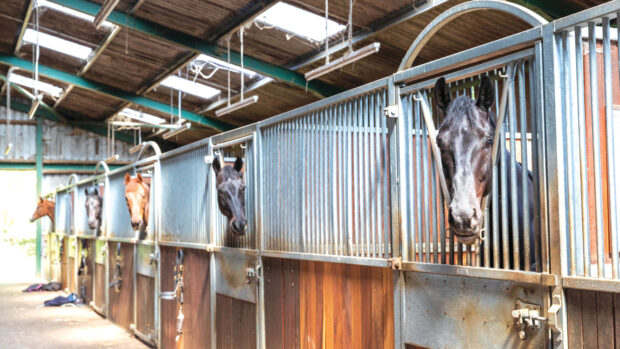Q: I keep my horse on a large livery yard where the owner recently installed a light meter in the indoor school. We used to pay an additional pound on our livery bill for lights, but this new system was introduced as unfortunately people regularly left the lights on when the school was empty. The owner has advised that £1 will last for 30min.
My worry is that because there is no dial to tell when the money will run out and no warning before the lights go out, it could prove dangerous. Can you tell me if, health and safety wise, this is allowable?
RG, Cheshire
LIGHT meters are a common way for yard owners to recoup the high cost of arena lighting so we voiced your concerns to the British Horse Society’s (BHS) Approval Department — responsible for all training centres, riding schools and livery yards.
“The proprietor is quite within his rights to introduce a meter for the lights in the indoor school to prevent wasting electricity and the burden of high bills,” says senior executive Christine Doran, who is responsible for managing the inspection and approvals programme.
“The proprietor should ensure that all clients are well aware of the procedure and the time limit. It is also the proprietor’s responsibility to ensure that a risk assessment has been carried out for this and that the findings are published and made available for all clients. It must also be included in the client contract and the rules of the school and an information notice must be displayed alongside the meter.
“It would be useful if there was a large clock in the school to enable clients to keep an eye on their allotted time or clients could be advised to wear a watch with an alarm facility,” suggests Christine.
“Perhaps the meter could be set to stay on for an extra 10min to give clients time to exit the school and clear away the equipment — the most obvious problems will be if the rider is working over poles or jumping.
“If there is a set procedure put in place, a risk assessment is carried out and every individual client is made fully aware of it and agrees to work with it, this should work well.”
Information
British Horse Society Tel: 08701 202244 www.bhs.org.uk
This Q&A was first published in Horse & Hound (3 January, ’08)


